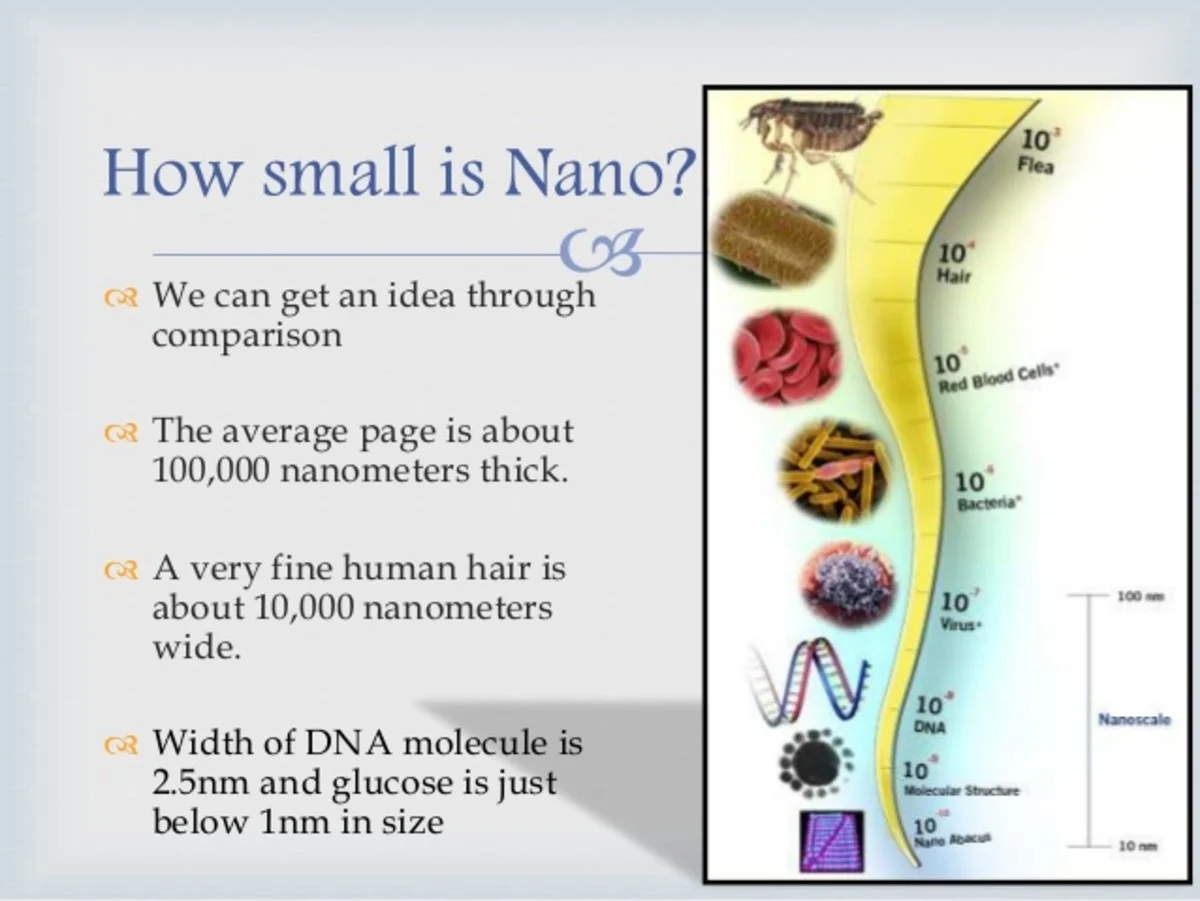Nanotechnology, the manipulation of matter on an atomic and molecular scale, has emerged as a revolutionary field with the potential to address a wide range of global challenges. Nanotechnology: Tiny Solutions for Big Problems offers promising solutions for issues such as clean energy, healthcare, and environmental sustainability. By working at the nanoscale, scientists and engineers can create materials and devices with enhanced properties and functionalities, leading to more efficient and effective solutions.
The potential of nanotechnology to revolutionize various industries has sparked widespread interest and curiosity. From targeted drug delivery systems in medicine to more durable and lightweight materials for consumer products, the applications of nanotechnology are vast and diverse. Its ability to improve energy storage and conversion, as well as its potential to clean up pollution and contaminants, makes it a promising avenue for addressing some of the world’s most pressing issues. As researchers continue to explore and develop nanotechnology, it holds the promise of delivering innovative and sustainable solutions for the future.
Nanotechnology: A Brief Overview
Nanotechnology is the manipulation of matter on an atomic and molecular scale. This field of science and engineering involves designing and creating materials, devices, and systems with unique properties and functions due to their incredibly small size. The potential applications of nanotechnology are vast, ranging from medicine and electronics to energy production and environmental remediation.
Researchers and scientists in the field of nanotechnology work with materials at the nanoscale, which is typically measured in nanometers (one billionth of a meter). At this scale, the behavior of materials can differ significantly from their macroscale properties, leading to the development of novel technologies and innovative solutions to complex problems.
Nanotechnology in Medicine
Nanotechnology holds great promise in the field of medicine, offering potential solutions for targeted drug delivery, improved imaging techniques, and early disease detection. Nanoscale materials can be designed to interact with specific cells or tissues in the body, allowing for more precise and effective medical treatments. Additionally, nanotechnology is being explored for the development of biosensors, diagnostic tools, and regenerative medicine applications.
One example of nanotechnology in medicine is the use of nanoparticles for cancer treatment. These tiny particles can be engineered to selectively target and destroy cancer cells while minimizing damage to healthy tissue, offering a promising approach for improving the effectiveness of cancer therapies.
Nanotechnology in Electronics
The electronics industry has been greatly impacted by advances in nanotechnology, leading to the development of smaller, faster, and more efficient electronic devices. Nanoscale materials and structures are used in the production of semiconductors, displays, and memory storage devices, enabling the continued miniaturization of electronic components.
Nanotechnology has also facilitated the creation of new types of electronic materials with unique properties, such as carbon nanotubes and quantum dots. These materials have the potential to revolutionize electronics and computing, paving the way for next-generation devices with enhanced performance and capabilities.
Nanotechnology in Energy Production
Nanotechnology has the potential to address challenges in energy production and storage by enabling the development of advanced materials and technologies. For example, nanomaterials are being researched for use in more efficient solar cells, energy storage systems, and fuel catalysts. These advancements could lead to greater sustainability and reduced environmental impact in the energy sector.
Additionally, nanotechnology is contributing to the development of lightweight and durable materials for use in energy-efficient vehicles and infrastructure. By leveraging nanoscale engineering, researchers are working towards creating innovative solutions for meeting the world’s growing energy needs while minimizing reliance on fossil fuels.
Nanotechnology in Environmental Remediation
Nanotechnology offers potential solutions for addressing environmental challenges, such as pollution remediation and water purification. Nanomaterials can be designed to efficiently remove contaminants from air, water, and soil, providing new methods for environmental cleanup and protection.
Furthermore, the use of nanotechnology in environmental monitoring and sensing applications can enable real-time detection of pollutants and environmental hazards, supporting efforts to better understand and mitigate the impact of human activities on the environment. These advancements have the potential to contribute to sustainable resource management and the preservation of ecosystems.
| Problem | Nanotechnology Solution |
|---|---|
| Pollution | Nanoparticles used to remove pollutants from water and air |
| Cancer | Nanoparticles for targeted drug delivery and imaging |
| Energy Storage | Nanomaterials for more efficient batteries and solar cells |
| Clean Water | Nanofilters to remove contaminants from water |



